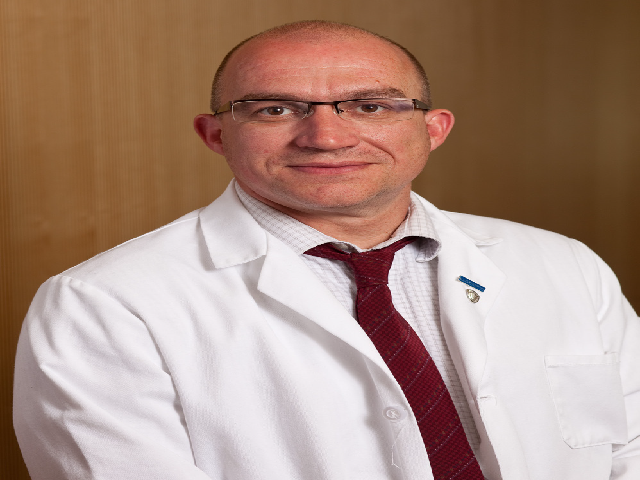Mark A. Smith – A Tribute
DOI:
https://doi.org/10.5530/ax.2011.1.2Abstract
Dr. Mark Smith, a Professor of Pathology at the Case Western Reserve University was one of the eminent scientists who had joined our Editorial team. In a tragic accident, Dr. Smith passed away all of a sudden on the 19th of December 2010. Dr. Paula Moriera, a close friend and associate of Dr Smith and a member of our Editorial Board has written a special article on her association with Dr Smith. Sadly, on the 19th of December 2010 we lost a great man and scientist. But fortunately his legacy lives on. I met Mark personally in 2005 when I was a visiting PhD student in the Institute of Pathology, Case Western Reserve University, under the supervision of Dr. George Perry. My first impression of Mark was of a man with humor and a big smile in his face. At that time I thought “This is a friendly environment! Everything will be ok!”. And so it was! Indeed, Mark had a positive personality and the gift to make the others feel that their ideas and thoughts really matter. At the lab, Mark always shared his vast knowledge without expecting anything in return. Well, maybe some papers! Indeed, it was there that I discovered my “scientific writing vein”. Mark was an excellent mentor and was always willing to help me in a multitude of ways. Between us a real bound of friendship and partnership was established. When I returned to Portugal his continuous support helped me to establish my independent scientific career. And I will always be thankful for that. And what to say about the scientific achievements of Mark Smith? I am afraid I have very little to say. It is not news to anyone working in the field of Alzheimer’s disease to say that Mark is a top scientist in this research field. He is recognized particularly for his studies in oxidative stress, mitochondrial dysfunction and cell cycle re-entry. He is also known for questioning the validity of the amyloid hypothesis for Alzheimer’s disease. Actually, he was one of the brave scientists attributing a beneficial role for amyloid b. Mark was also a supporter of the two-hit hypothesis for Alzheimer’s disease, which states that both oxidative stress and mitogenic dysregulation are necessary and sufficient to cause the disease. Mark has an impressive number of publications, over 800 peer-review articles and was named one of the top Alzheimer’s disease researchers in the world, one of the top scientists in free radical research and one of the most-cited scientists in Neuroscience & Behavior. Many awards were attributed to Mark including the Jordi Folch-Pi Award from the American Society for Neurochemistry, the Outstanding Investigator Award from the American Society for Investigative Pathology and the Goudie Lecture & Medal of the Pathological Society. He was also elected as a Fellow of the Royal College of Pathologists, a Fellow of the American Aging Association and a Fellow of the American Association for the Advancement of Science. Mark served as Editor-in-Chief of Journal of Alzheimer’s Disease and sat on the Editorial Board of over 200 journals including The American Journal of Pathology, Mark A. Smith – A Tribute Free Radicals and Antioxidants 5 Vol 1, Issue 1, Jan-Mar, 2011 www.antiox.org The Journal of Neurochemistry and Science Translational Medicine. He was also Executive Director of the American Aging Association, organizer of numerous meetings and participant in many National Institutes of Health, Veterans Administration, and other grant reviews. Mark was indeed a brilliant, hardworking and wellrespected scientist. These are little words for such an extraordinary man and scientist. But Mark’s legacy speaks for itself. Mark Smith is already missed but never forgotten.





